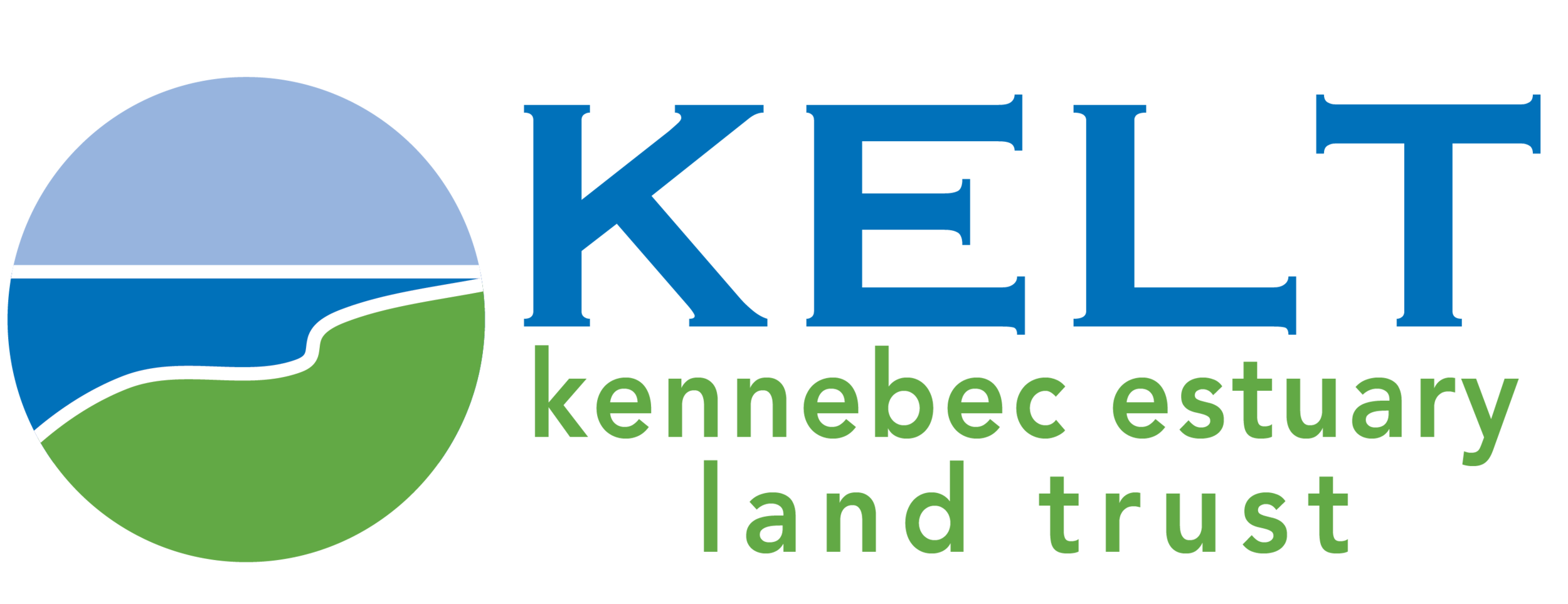BatBnB is Coming to Maine
Local Land Trust Partners with Bat House Manufacturer, BatBnB
The BatBnB was installed at Lilly Pond Community Forest on 6/1/2020. It can take up to a year for a bat colony to establish. We look forward to watching for progress!
Article by Aislinn Sarnacki, Bangor Daily News
BATH (BDN) -- Bats living in Bath this summer will have a fancy, new place to call home: their very own BatBnb.
Designed to hold up to 100 bats, the state-of-the-art bat house was recently won by Kennebec Estuary Land Trust in an online competition for nonprofits devoted to bat conservation. The structure retails at $250, making it one of the most expensive bat houses on the market.
BatBnB is a Kentucky-based company that was founded in 2016, by two young entrepreneurs who were concerned about a growing mosquito population and mosquito-borne illnesses such as Zika virus. Their business plan hinges on the idea that bats can consume around 1,000 mosquito-sized insects per hour, serving as a natural form of pest control.
“We plan to install it in Lilly Pond Community Forest [in Bath],” said Ben Barrett, the land trust’s communications and education coordinator. “It’s by a waterway where the mosquito populations are higher, so that’s one big reason. It’s also a good place for educational programs, so we can bring groups out there — children and adults — and give them a chance to see the bat house from afar and learn more about the importance of these flying mammals.”
BatBnB bat houses are so expensive because they’re crafted out of durable red cedar and designed to be both aesthetically pleasing and ideal for bat habitation. Offered in seven different designs, the houses were carefully designed with the consultation of Merlin Tuttle, a well-known bat expert who has been studying the animal since 1959.
“I think bat houses can play an important role in bat conservation if they’re a good design and properly installed,” said Shevenell Webb, furbearer and small mammal biologist for the Maine Department of Inland Fisheries and Wildlife. “You usually get what you pay for. If you’re going to pay $10 for a bat box, it’s probably not going to be as good quality and it’s not going to be as successful.”
Image credit: BatBnB
In just a few years, BatBnB has sold its high-end bat houses to customers in 47 states and seven countries. And in May 2019, the two founders appeared on the popular TV show “Shark Tank” and convinced “shark” Kevin O’Leary to invest $100,000 in their enterprise.
“We are so grateful to be part of a community that celebrates and protects bats,” a statement reads on the BatBnB website. “This year, we want to give back to the families and friends that are working hard to get involved in the cause.”
Kennebec Estuary Land Trust is one of 20 nonprofits across the country that were selected by BatBnB for a free bat house. The land trust was entered into the competition by John Copeland, who works in stewardship for the land trust.
The installation of the BatBnB this spring will be followed by public events, Barrett said.
“We’ll be working on scheduling some bat programming for the late spring or summer,” said Barrett. “That will include a nighttime bat walk and we would like to invite a local bat expert to come talk about the vital role bats play in our ecosystem. It’s an area of habitat conservation we can all focus a little bit more on.”
Previously, Kennebec Estuary Land Trust installed bat houses at preserves in Bath and West Bath to improve habitat for native bats. Other Maine conservation organizations, including the Bangor Land Trust and the Maine Audubon, have also been focusing on bat conservation.
This concern about bats in Maine and across the U.S. is largely due to white-nose syndrome, a bat-killing disease that first appeared in the country in 2006. Since then, the disease has nearly wiped out the entire little brown bat population in the United States, and affected several other bat species.
“We’ve seen a reduction in about 90 percent of our hibernating bats here in the Northeast,” Webb said. “The little brown bat used to be one of the most common species to fill the night sky. Now that’s no longer the case.”
Bat houses provide a safe place for bats to rest during the day and raise their young, Webb said. In addition, these unique structures can grab people’s attention and imagination. If paired with signage or educational programming, they could help spread the word about why bats are in peril and how they are important to the ecosystem.
“It’s something that has become an issue across the entire country,” Barrett said. “Just providing a safe place for them to call home is a big thing we can do to help.”


